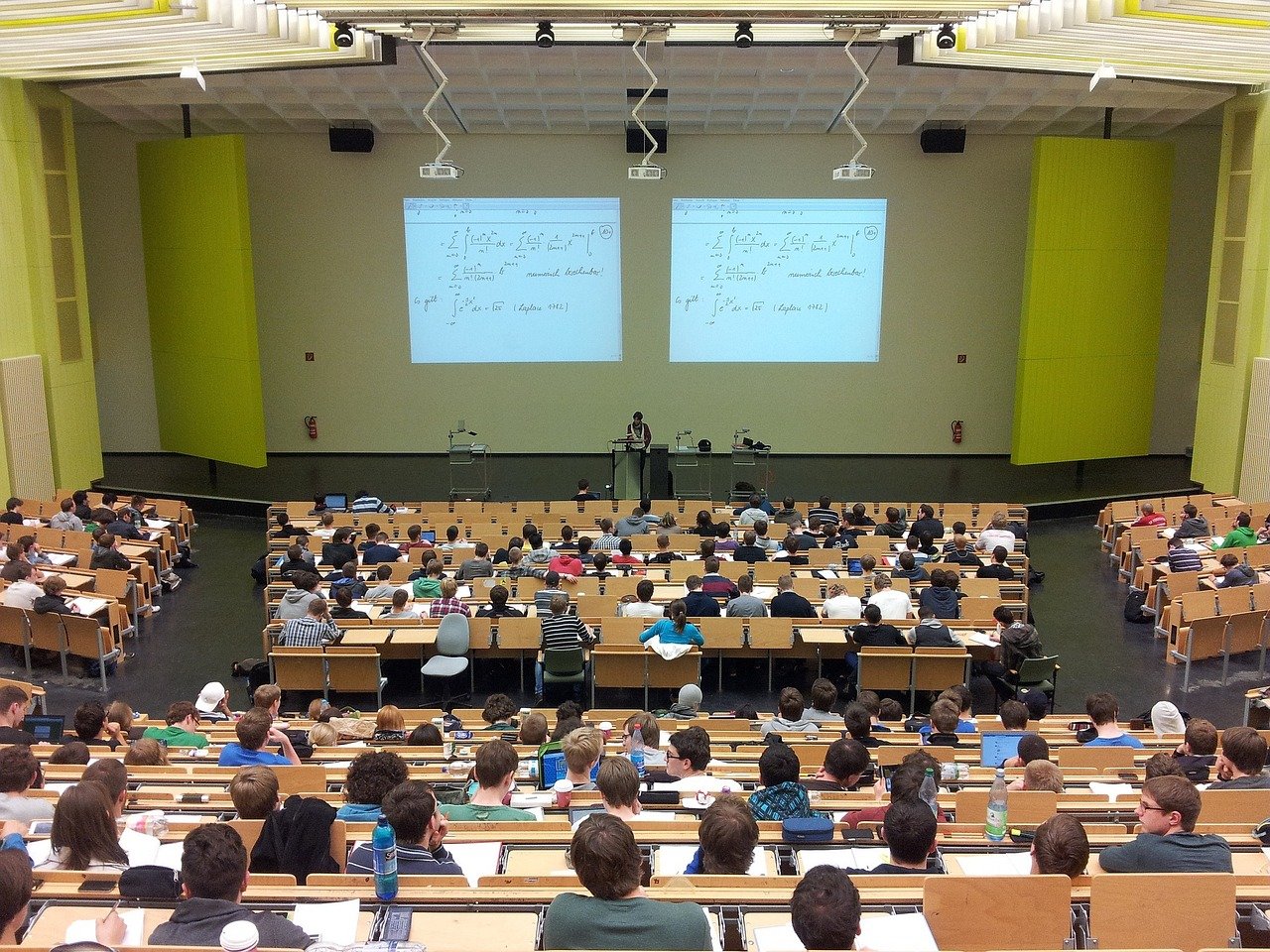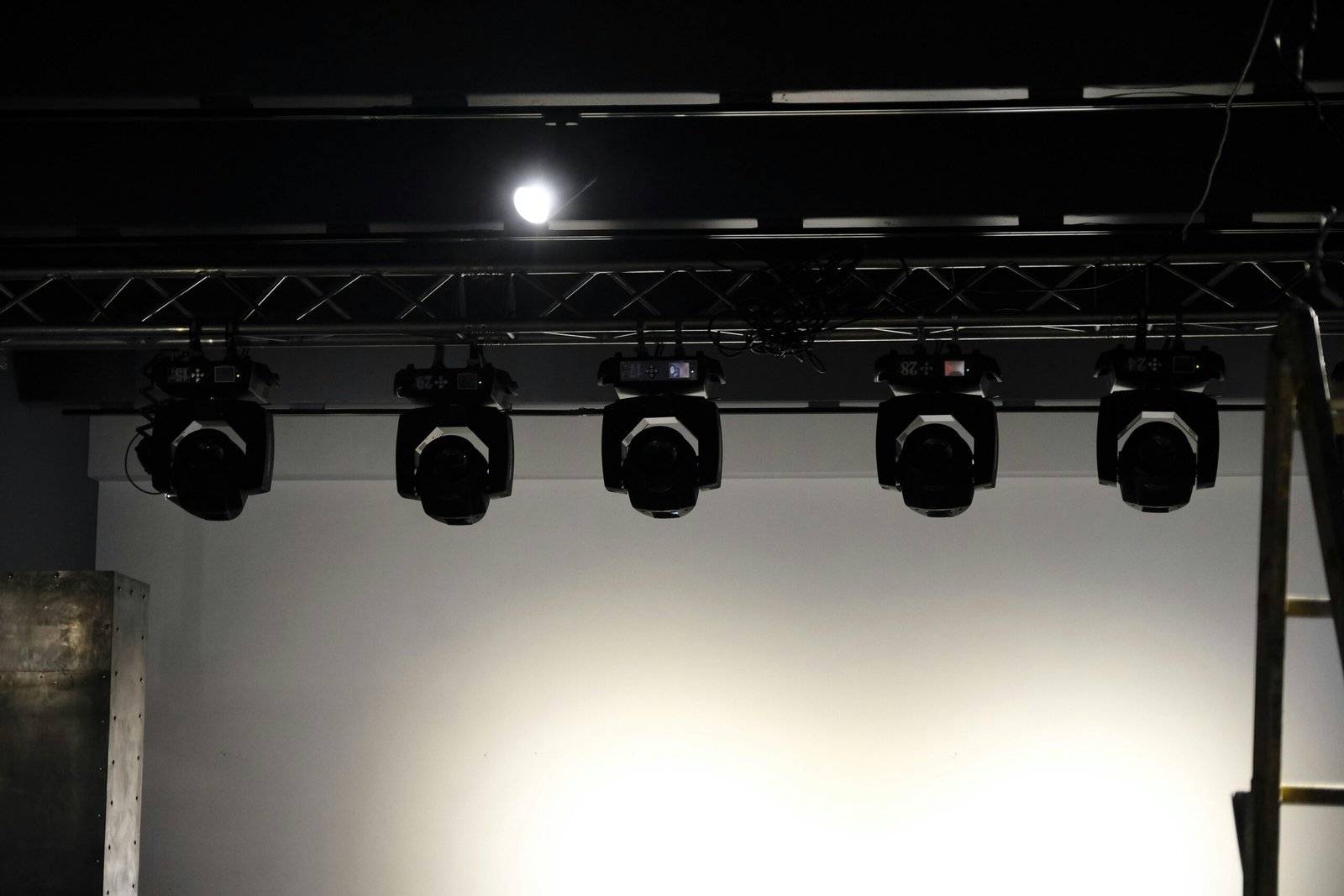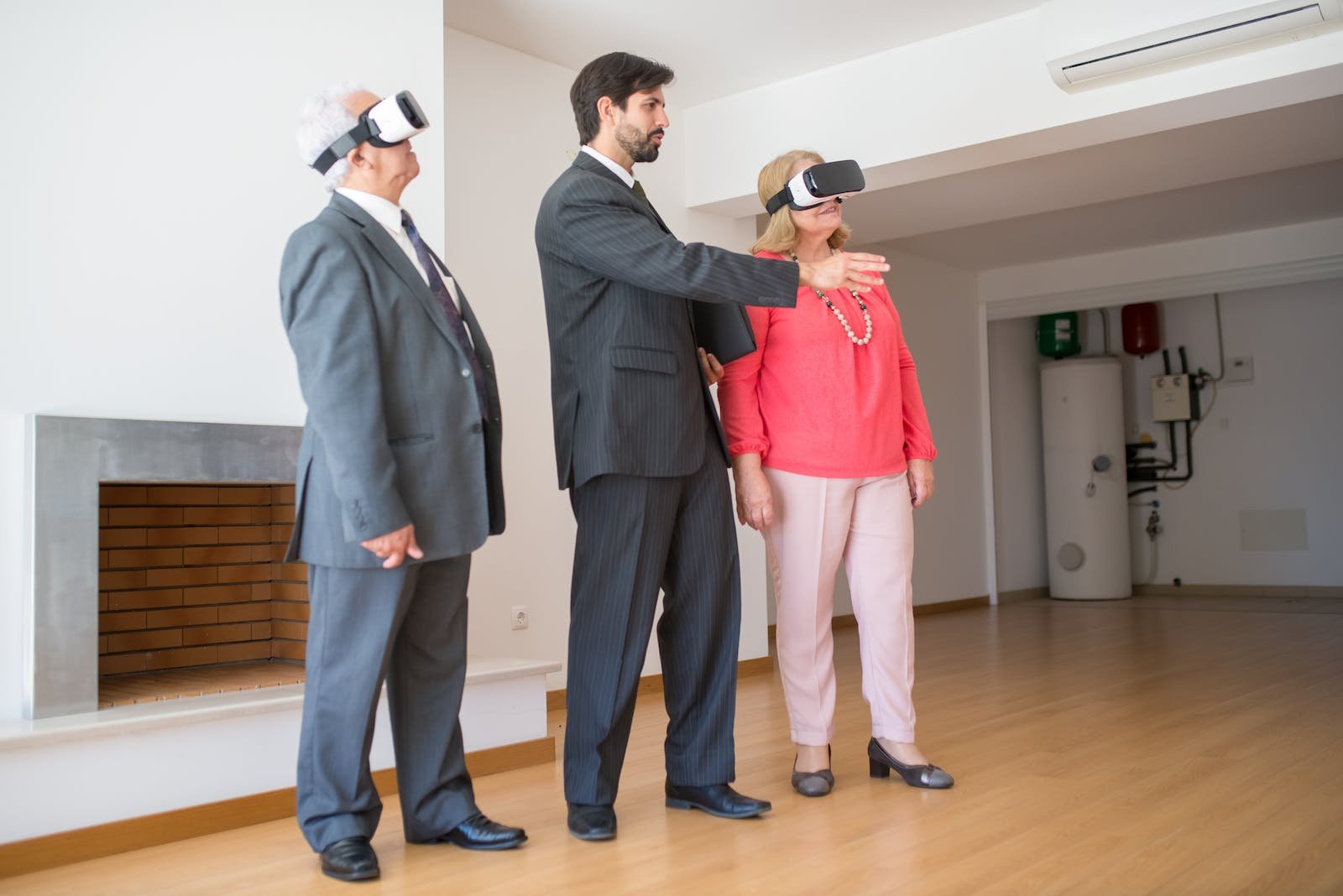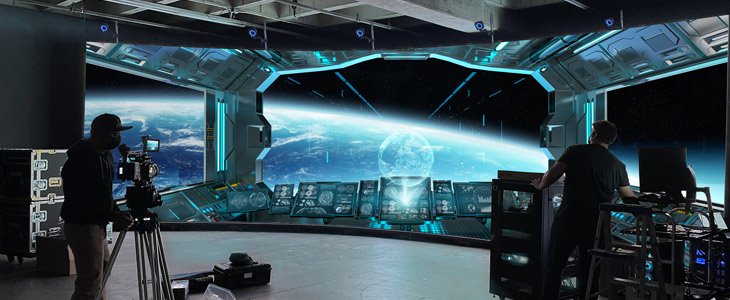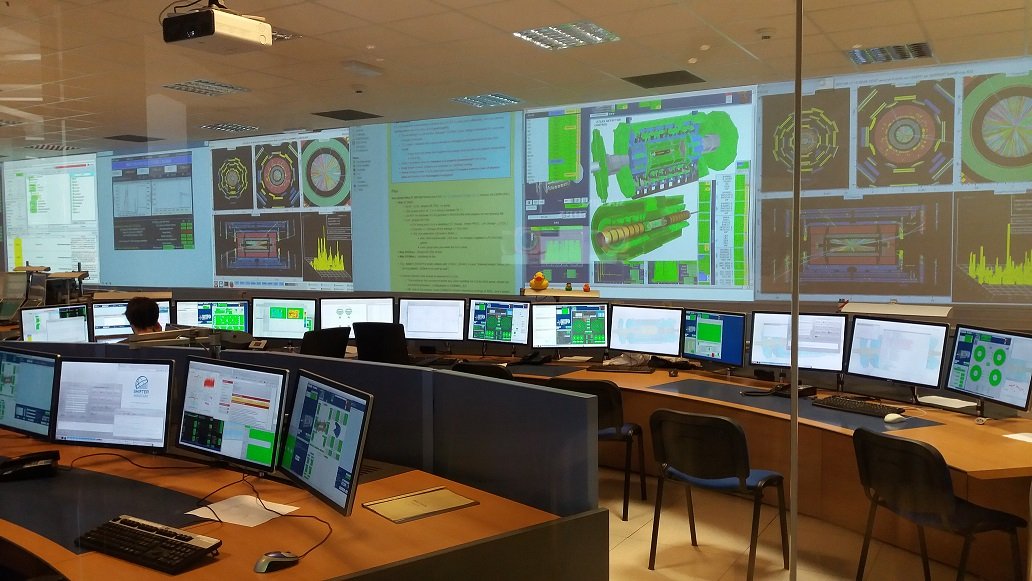Revolutionizing Education: The Power of Lecture Capture in the Digital Era
In the digital age, education is constantly evolving. With new technologies emerging every day, there are now more opportunities than ever before for students to learn and grow. One technology that has had a significant impact on education is lecture capture.
Lecture capture refers to the recording of classroom lectures and making them available online for students to review at their own pace. This technology has revolutionized the way students learn by providing them with the ability to review lectures as many times as they need to fully understand the material.
One of the main benefits of lecture capture is that it helps students who may have missed a class due to illness or other obligations. By providing a recording of the lecture, students can catch up on missed material and stay on track with their coursework.
Another benefit of lecture capture is that it helps students who may struggle with note-taking. By having access to a recording of the lecture, students can focus on understanding the material rather than frantically trying to write everything down.
Lecture capture also benefits students who are visual learners. With the ability to watch and re-watch lectures, students can better understand complex concepts by seeing them in action.
In addition to benefiting students, lecture capture can also benefit teachers. By recording their lectures, teachers can review their own teaching methods and identify areas where they can improve. This can lead to more effective teaching and better student outcomes.
Of course, there are some challenges to implementing lecture capture. One of the main challenges is ensuring that the quality of the recording is high enough for students to understand the material. This can be a challenge in large lecture halls or classrooms with poor acoustics.
Another challenge is ensuring that the technology is easy to use for both teachers and students. If the technology is too complicated, it may discourage teachers from using it and students from accessing the recordings.
Despite these challenges, lecture capture has the potential to revolutionize education. By providing students with greater access to educational resources, it can help them become more engaged and successful learners. As technology continues to evolve, the possibilities for lecture capture and other educational technologies are endless.

